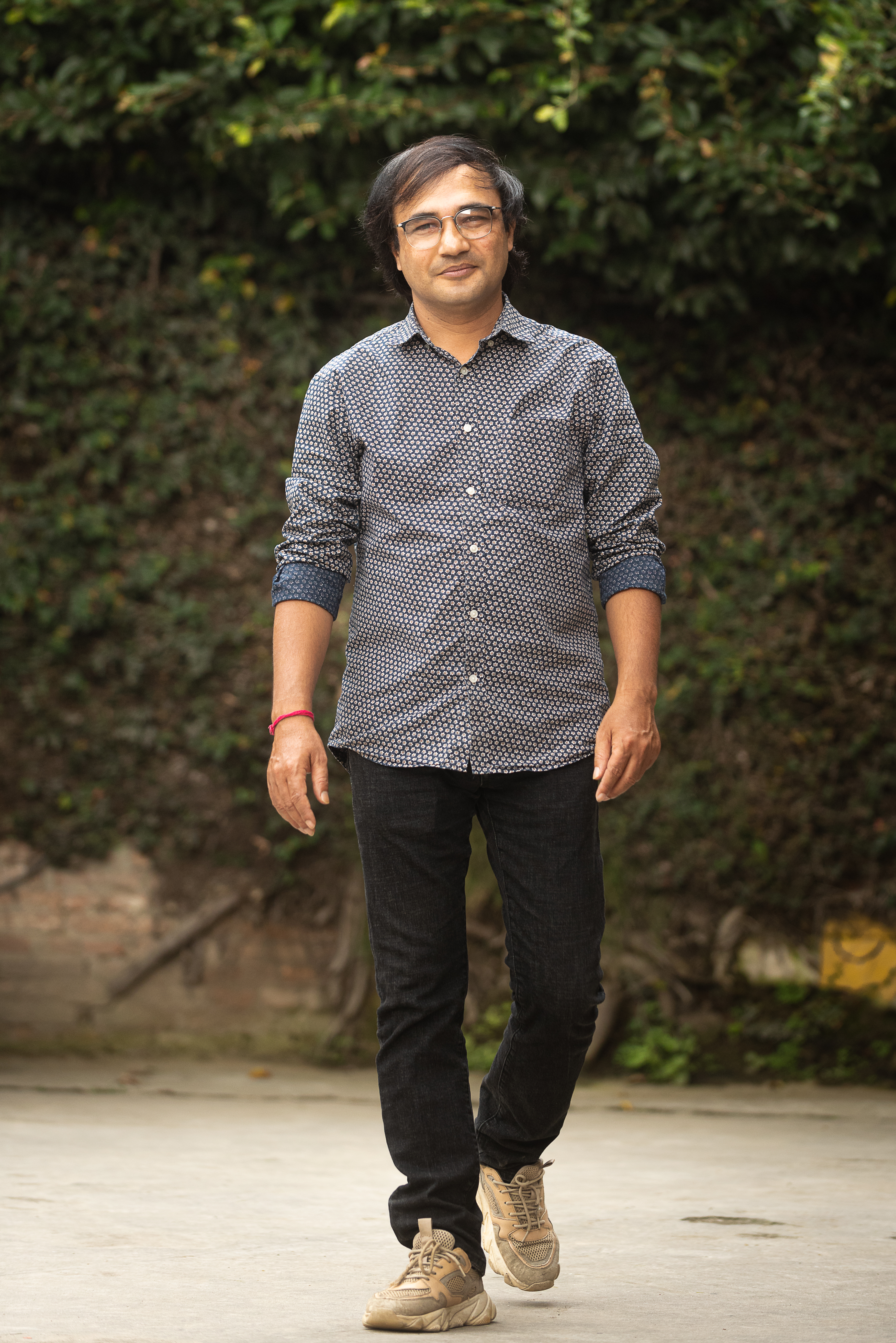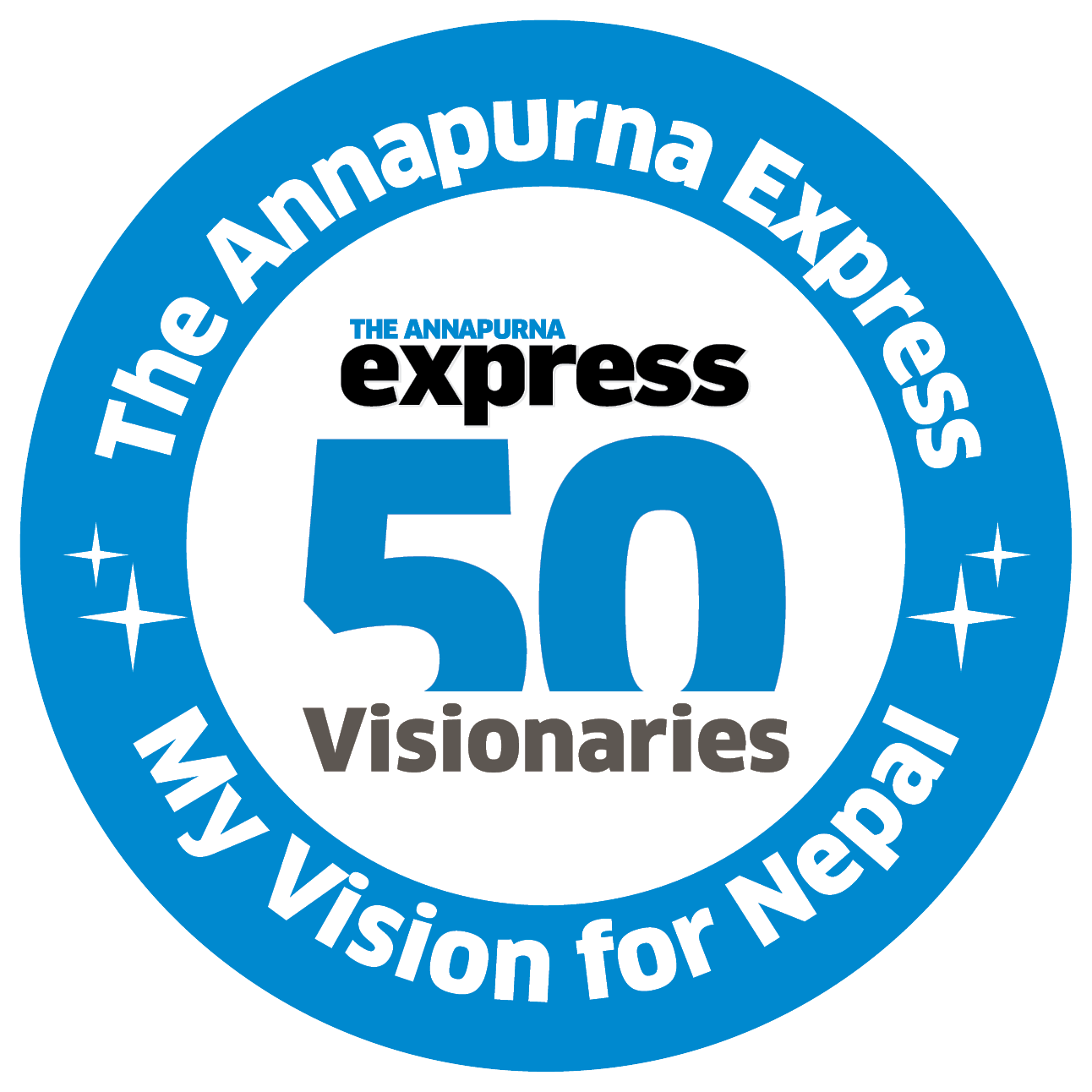My Vision for Nepal | Copy best international practices to build a beautiful Nepal

Copy best international practices to build a beautiful Nepal
Three ways to realize the vision:
1) Land and house pooling, including proper infrastructure planning.
2) Building straight and well-maintained roads.
3) Creating a conducive climate for foreign investment.
Many of my readers might expect me to talk about literature and its development in Nepal. But there are things above literature whose betterment could benefit most of the people.
Comfortable and sound living is a primary human need and should always be prioritized. Even for the development of arts and literature, there must be a proper environment. Hence my vision includes the scientific use of land, development of settlements, and urbanization. This can be done through land and house pooling.
In 2013, I had an opportunity to visit the US and observe their planning and museums. They are one of the most powerful and well-settled nations, so I wanted to know the secret behind their success. I was eager to understand their ground-level planning. I chose museums because there you can find the history of an entire country in one place.
If you want to know about any place, just visit their museums. When I visited Russia, Australia, and Europe, I also visited their museums. After studying their planning, I learned that the scientific use of land is important, which is something missing in Nepal.
Let’s compare Nepal to a private residential piece of land. To build a house there, first of all, we draw plans according to our needs and hire an engineer to finalize construction. We allocate space for a house, a garden, and a yard. A country needs the same level of planning. There should be scientific segregation of land so that specific plots are designated for residential areas, hospitals, shopping markets, schools, industries, airports, agriculture, and forests. We haven’t classified land in such a way, not even in a single municipality.
Land is a natural asset, then why should it be traded? Do we pay for sunlight or water or air? No, absolutely not. Then why pay for land? The problem is our land is not in the hands of our government. It is with the brokers. This nation is run by brokers.
I know no one will even think of doing it, but land and house pooling is necessary, and a gateway for planning and execution of scientific land division.
Look at Ratnapark to see how ugly our country has become. There is a park, a pond, a temple, a school, a hospital, a bus park, and a shopping complex at the same place. Is it beautiful? Is it scientific? Is it healthy? No. How can a student study in such chaos? How can a patient recuperate in that noise? How can a pedestrian walk in that rush? This is a worrying situation, but nobody cares.
Every part of Nepal has its own architectural designs. So, after the classification of land, there should be a specific way of building houses in residential areas according to the identity of the respective place. For example, in Humla, houses have three-stories: The top floor is called Swargalok (the place for stores and worship), the middle floor is Manusyalok (bedrooms, and kitchen), and the ground floor is Yamalok (as the ground floor is freezing in Humla, they keep their cattle there).
These things are part of our culture, and they should be immortalized. If we do not preserve such styles, our identity would be confined to history books. In Europe, you find traditional structures outside homes but it’s all modern inside. We can do the same. Else, why would tourists visit Nepal? We have nothing unique and attractive.
The next important thing is the road. Nepal is a small country with an average length of 193 km from north to south and 885 km east to west. Yet, half of the life of each Nepali is spent on buses. One would be able to live in Kathmandu and work in Pokhara or Chitwan if our roads were straight. Time is a valuable thing, but we spend it on useless things. South Korea, for five straight years, worked only on straight roads because they knew roads are the key to development. Break or drill through whatever comes between, but make the roads straight.
We cannot do all these things on our own—we don’t have the financial and scientific resources. So, we have to hire planners and engineers from abroad. Besides, we have to look for international investors. I am sure it won't be hard because Nepal is a land of possibilities and everyone wants to invest here. Even though our situation right now is bad, many foreign investors are investing here, and if we want to make things better, they would help us for sure.
Lastly, what I want to say is, my vision is not difficult to realize. It only needs the government to be interested. Does any citizen want Nepal to look bad? No. If the government comes with a concrete plan, everyone will play their part. Just look at developed nations, copy their ideas and adapt them to our historic taste, and we will regain our beautiful Nepal.

Quick Questions:
A quote you live by.
I have many but for now, I would say “Humans should try to be good, not great” by BP Koirala.
Who are your three favorite fiction writers in Nepal?
1. BP Koirala 2. Diamond Shumsher Rana 3. Guru Prasad Mainali
What would you have been if not a writer?
If there was a better environment for everyone, I would have chosen to be in politics. I draw sketches and paint. So I could also have been a professional painter.
related news
My Vision for Nepal | See Nepali women’s football team lift SAFF championship
April 18, 2022, 9:43 p.m.
My Vision for Nepal | A top global tourist destination
April 11, 2022, 6:19 p.m.
My Vision for Nepal | A clean country built on sustainable and socially inclusive waste management
April 5, 2022, 12:42 a.m.
My Vision for Nepal | Internationally acclaimed Nepali movies
March 28, 2022, 8:02 p.m.
My Vision for Nepal | Equal respect for all genders: male, female and queer
March 21, 2022, 7:11 p.m.
My Vision for Nepal | Economic growth and socio-economic development
March 14, 2022, 2:29 p.m.
My Vision for Nepal | Zero trafficking of Nepali people
March 7, 2022, 5:13 p.m.
My Vision for Nepal | A healthy, educated, and hospitable country
Feb. 28, 2022, 7:47 p.m.











Comments